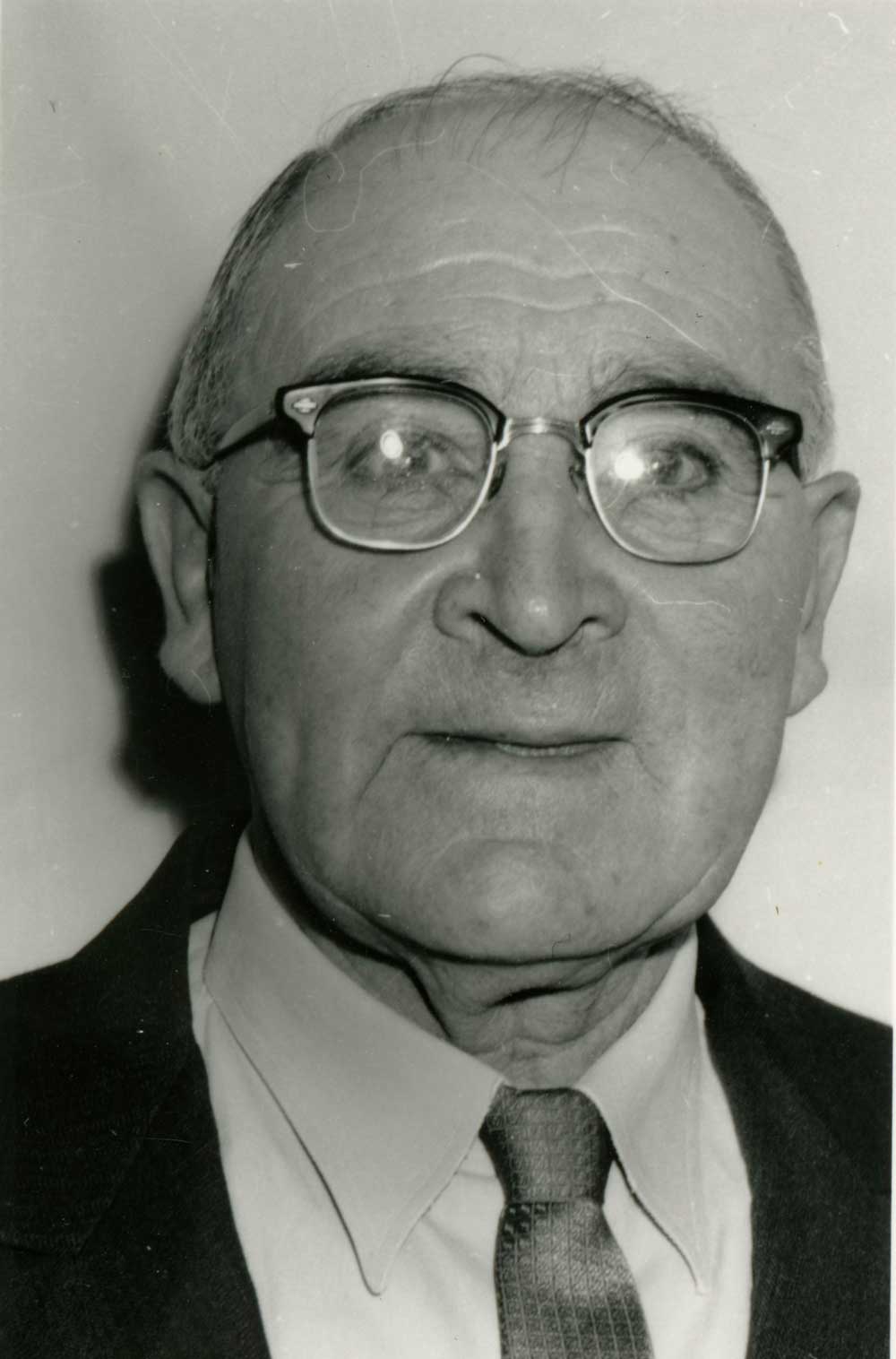British Columbia. Road
Loops S of Hwy 16, E of McBride
53.279 N 120.079 W
Google —
GeoHack
Roads are not in the official geographical names databases
Adolph Jeck (1892–1980), his wife Maria (1893-1989), and five children moved to the McBride area in 1925. Another four children were born in the valley. Jeck was a lumberjack and farmer who was active in many community groups. He was born in a German community in Russia. With many others of the community, his parents immigrated to North America in 1893. In 1894, his family arrived in Edmonton. In 1912, he married Maria Hinkelman, and they farmed in Alberta until 1924, when Jeck got a job in the bush near McBride.
In 1925, the family moved to a homestead east of McBride. Adolph worked on the first Fraser River Bridge near McBride, but his steady occupation was in the bush. In the 1930s, his pole and tie camp on the Holmes River, below the falls, was one of the few local employers. Around 1932 the camp was moved to Eddy Creek. Ten jobs were provided. During World War II the camp shipped birch peeler logs to supply veneer for aircraft. Adolph was in the sawmill business until 1952 when sons Cyril and Lloyd took over. In the summers Adolph worked on the roads east of McBride, to Valemount and the Alberta border, doing everything from clearing to grading. Around 1945, he operated the first motorized grader in the area.
Adolph was secretary of the school board, and constructed most of the old Beaver River log schoolhouse. He also built a log teacherage on his homestead. Around 1950 he donated the use of land for the first local air-strip. Half of the old fairgrounds were donated by the Jecks, and they supplied lumber and labor for the first fair hall. Adolph was active on the hospital board during the construction of the new hospital in the 1960s, and was a member of the Board of Trade and the Farmers’ Institute. In the early 1930s he built the only tennis court in the area, and started a golf course which was never completed.
Around 1958, Adolph and Maria moved to the Kamloops area, where he worked as a log scaler for fifteen years before retiring. They celebrated their sixtieth wedding anniversary in 1972. When Maria passed away in 1989 in McClure, B.C., her obituary stated that she was survived by 31 grandchildren and 33 great-grandchildren.
References:
- Robson Valley Courier. Weekly newspaper published by Pyramid Press of Jasper from 1968–88 (1968–1988).
- Wheeler, Marilyn. The Robson Valley Story. McBride, B.C.: Robson Valley Story Group, 1979
